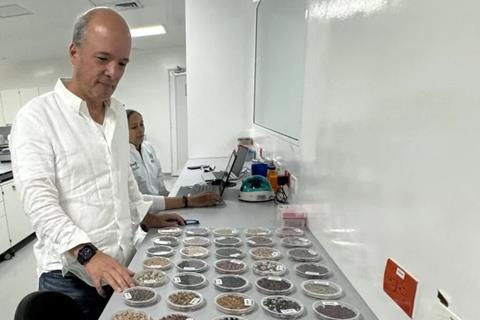A Periodic Table of Food Initiative (PTFI) has been launched to advance nutritional understanding by uncovering the biomolecular composition of foods. The project is being spearheaded by the Rockefeller Foundation in New York and carried out through a global network of collaborators with support from organisations such as the American Heart Association and the Alliance of Bioversity.

The initiative will create a database of food compounds that will provide standardised data on the biomolecular composition of an initial dataset of 500 foods, as well as supporting metadata on their biomolecular composition. It will be capable of revealing more than 20,000 components found in food. Previous work in this area has led to the development of limited food composition databases and, until now, only a smaller selection of foods with a limited geographical scope was analysed, the Rockefeller Foundation explained.
There are more than 26,000 biomolecules in plants, the bulk of which are unidentified and have unknown health effects. A list of the 1650 foods that will be analysed first under the new programme has been developed through what is described as a collaborative global process to identify foods that are important both nutritionally and culturally. Eventually, the initiative aims to map all the biomolecules found in food. The project’s long-term goal is to create an evidence-based system to prevent or treat diet-related diseases.
‘We increasingly understand that diet-related chronic disease is driven by food intake patterns based on biomolecular composition, rather than deficiency of a single nutrient,’ stated Selena Ahmed, the global director of the PTFI at the American Heart Association. ‘The PTFI is uncovering the black box of food and health linkages. This matches the American Heart Association’s goals to lead robust research on food while providing resources to improve healthcare in all communities,’ she added.











No comments yet